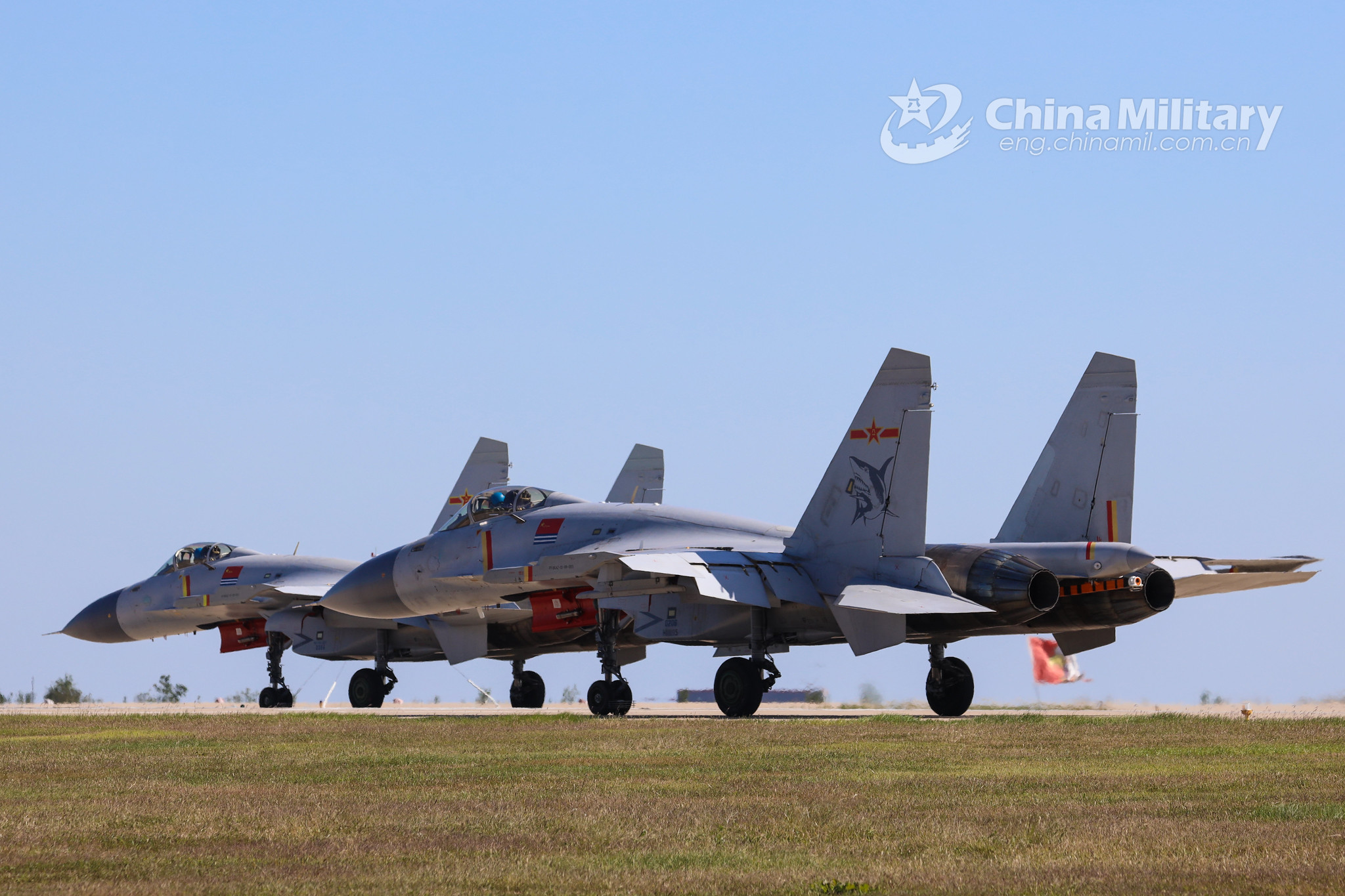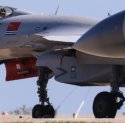KH-31 is very much suited to antishipping role. Which is why Kh-31A variant exists in the first place. Given that, I would find it extremely unlikely that PLANAF is not fielding an antishipping variant of the YJ-91 missile as well. Kh-31AD variant has a range of 160 km (fired from 15 km altitude, at supersonic speed) which is okay-ish, but the main attack profile would likely be to fly closer, under the radar horizon.
And we don't know if YJ-91 missiles are in fact the same as Kh-31.
Yes, lengthened versions Kh-31AD, Kh-31PD and Kh-31PK have up to 160km, with a mere change of length from 4.7 meters to 5.3.
No information on YJ-91 or YJ-93, but it would be interesting if someone can get an accurate length of these missiles.
Seeker electronics will likely be different between the YJ-91/93 vs the Kh-31 family.
Being able to mount four supersonic antiship missiles per plane puts a lot of sting to it.
I agree that the planes would fly near the nape of the sea, below the radar horizon of defending AAW ships, and launch the missiles much closer and much lower.







